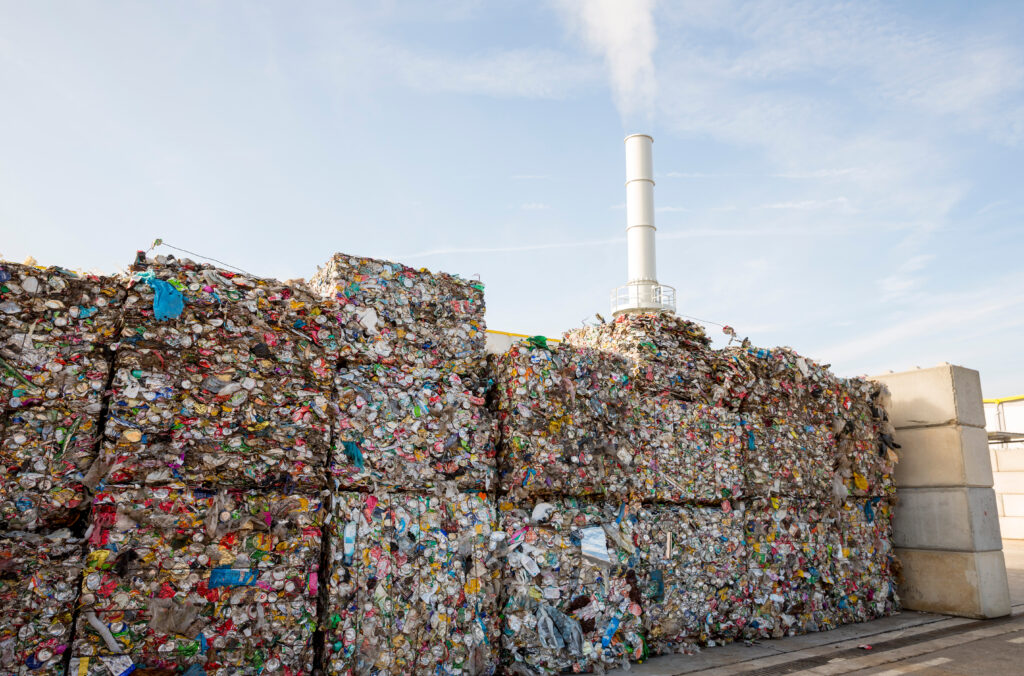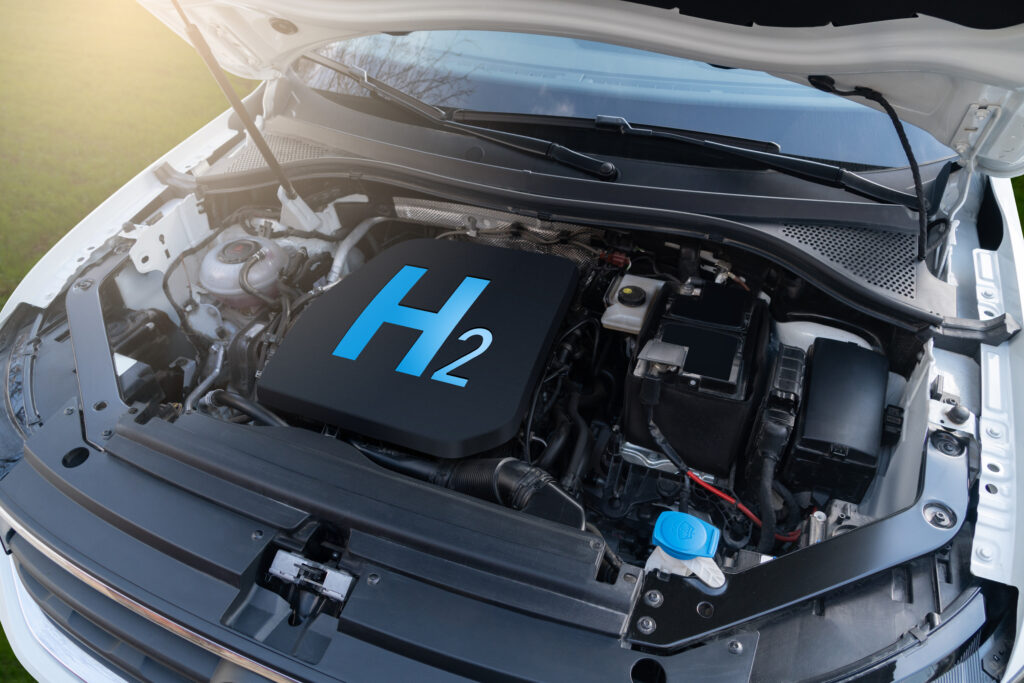
Technologies that reduce the costs of green hydrogen
New technologies make green hydrogen more viable, bringing the energy industry closer to the goals of the Paris Agreement.

New technologies make green hydrogen more viable, bringing the energy industry closer to the goals of the Paris Agreement.

Renewable energies, especially wind and solar, are changing mining, driving more sustainable and profitable operations around the world.

The transition to biofuels is key to a sustainable future, reducing carbon emissions and replacing fossil fuels.

Wave energy harnesses ocean waves to generate electricity, offering considerable technical potential and multiple technological challenges.

Types of renewable energy used in mining, their advantages, and how they are changing industrial processes.

The efficiency of solar energy and the scale of wind power define the pace of the global energy transition.

The energy transition towards renewable energy sources and the reduction of greenhouse gas emissions are key aspects for sustainable development in Latin America. In recent years,…

Advanced Analytics processes large volumes of data using statistics, machine learning and artificial intelligence, providing key insights for the industry.

Circularity requires redesigning processes to reduce waste and maximize value at each stage of the product life cycle.

The circular economy redefines how the energy sector manages waste and leverages resources, aiming for greater operational efficiency.

Green hydrogen, as a sustainable alternative, promises to reduce transportation emissions and move towards a cleaner, more sustainable future.

Application of AI, smart sensors and digital twins to optimize performance and asset availability in energy systems.